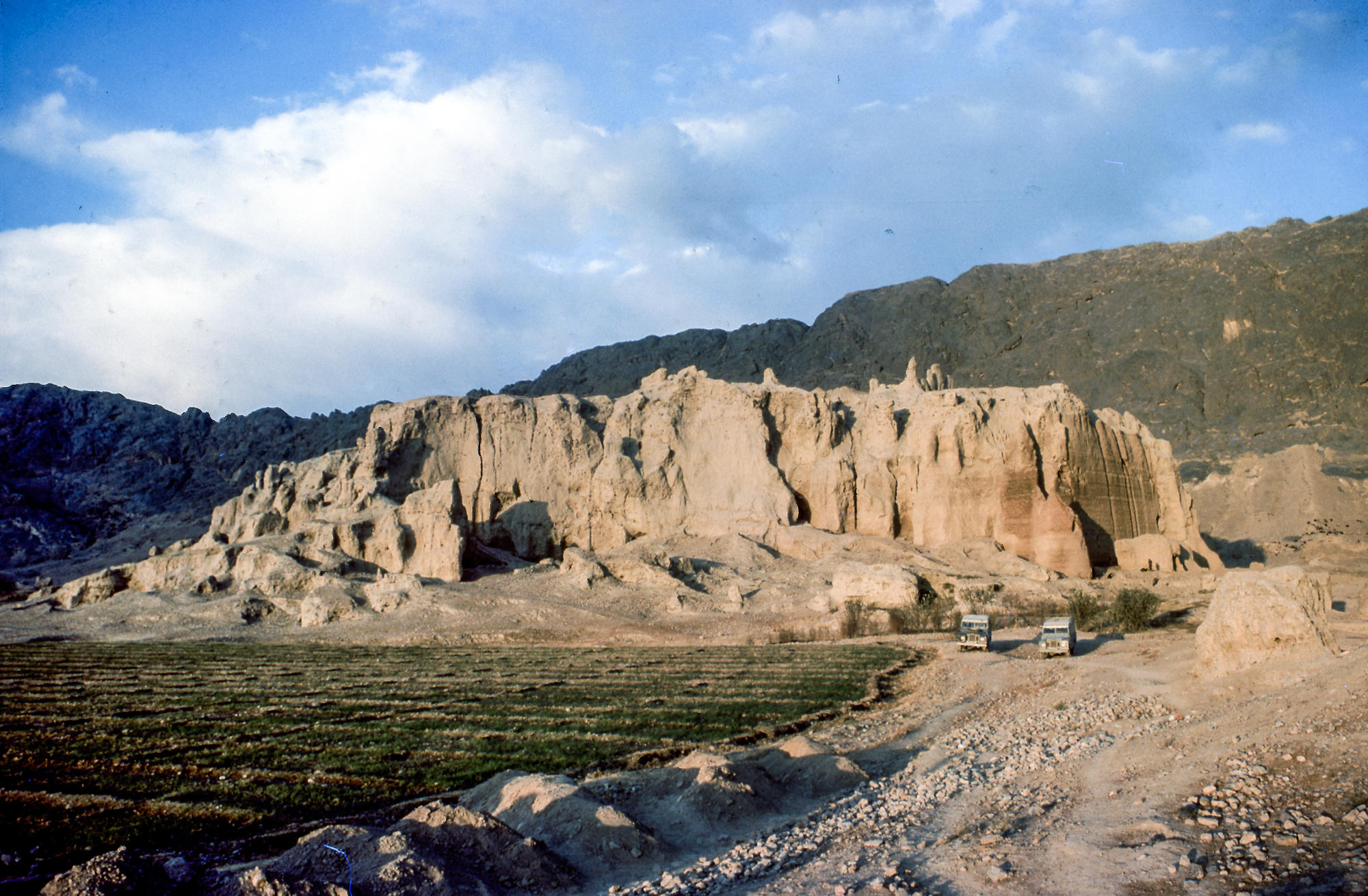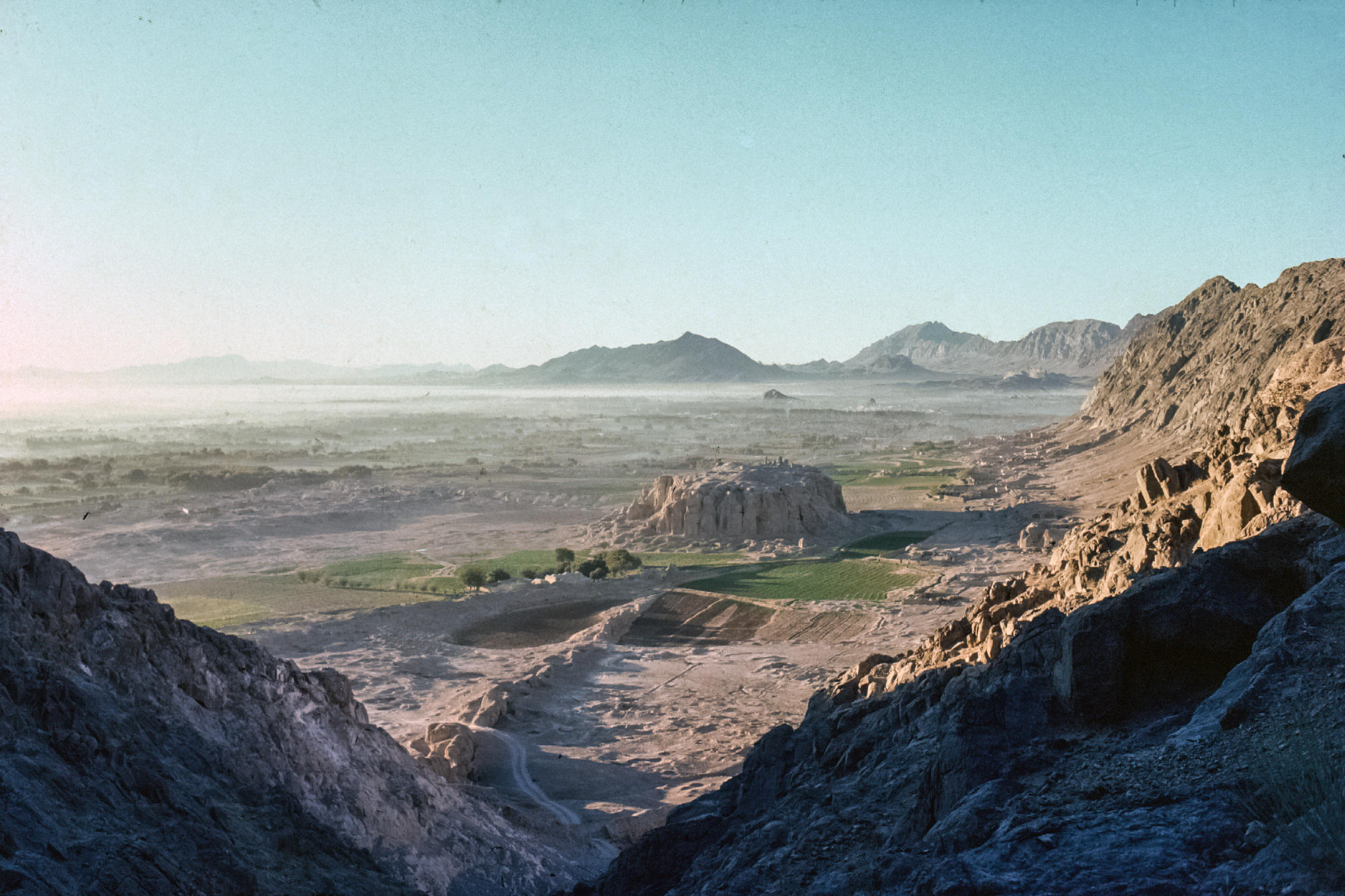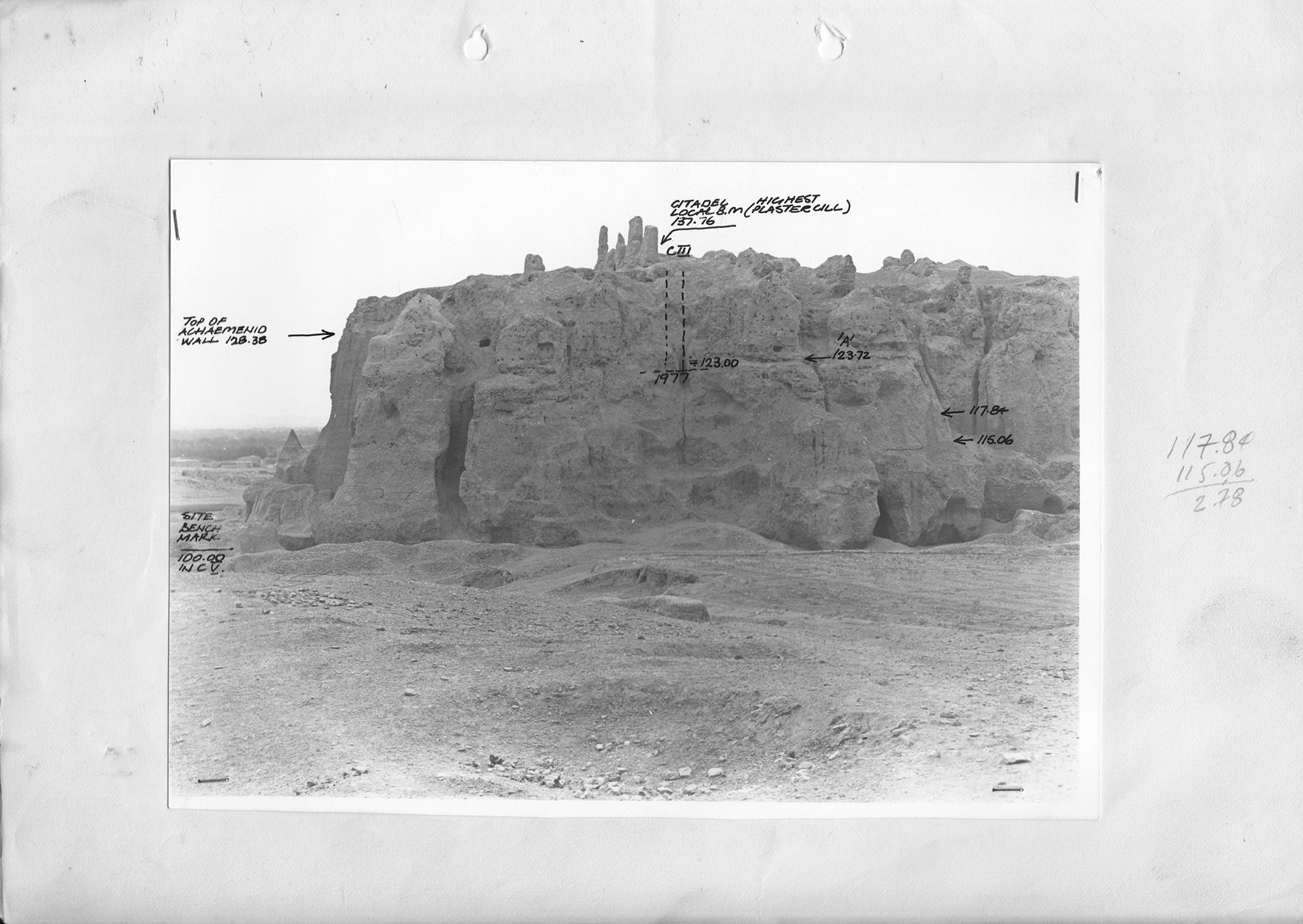The spectacular ruins of Old Kandahar, in south Afghanistan, lie a little to the west of the modern city of the same name. A massive packed clay citadel is surrounded by a large enclosure of eroding mud brick fortifications running across the agricultural plain, up the slopes and along the sharp grey spine of the Qaitul ridge. During a brief period of peace in the 1970s the site was extensively excavated by a British team sponsored by the Society for Afghan Studies (then Society for South Asian Studies and now merged into BASAS). Founded probably at some time in the Iron Age, the site had a rich and turbulent history that only ended in 1738 when the site was sacked by the army of Nadir Shah. The Old City was then abandoned and the new modern city began to develop to the east.
The history of Kandahar is the history of the ebb and flow of empires across middle Asia. First flourishing at the time of the Achaemenid Empire, it was occupied by Alexander as part of the fruits of his conquests in the East. The Seleucids lost the control of the city to the Mauryan Empire out of India but Kandahar retained its Greek character which a little later came to the fore again around the 2ndcentury BCE under Indo-Greek control. Next came the Saka horsemen from the north, displaced by the movements of the Yuezhi as they began to settle and form the nexus of the Kushan Empire. For many years the city then fell under the Indo-Scythians and the Indo-Parthians and, by around the 3rdcentury CE, the city was nominally back under Persian, Sasanian rule. There is then a gap in occupation which might be attributed to incursions by the Hunnish tribes to the north. It was probably at this time that a Buddhist complex was built high on a spur of the Qaitul ridge overlooking the city. Old Kandahar was reoccupied at some time in the early Islamic period but suffered a gradual decline until its final abandonment in the 18thcentury. The new city of Kandahar has experienced its own explosive history right up to the modern day.
With the support of the White-Levy Program for Archaeological Publications, the site of Old Kandahar, ancient capital of Arachosia and key site of the Indo-Iranian borderlands, will be thoroughly analyzed and its ancient history reassessed. The task will be mainly accomplished thanks to a novel study of unpublished material from the British archaeological excavations at Old Kandahar directed by the late Svend Helms in the period 1976-1978, combined with a re-examination of the archaeological material from the same site stored in the National Museum of Afghanistan, Kabul.
The project is conducted in collaboration with Professor Alison V. G. Betts (Sydney), and with the contribution of Dr. Luca Maria Olivieri and Dr. Elisa Iori (Italian Archaeological Mission in Pakistan - IAMP).
The publication project is directed by Dr. Michele Minardi.



